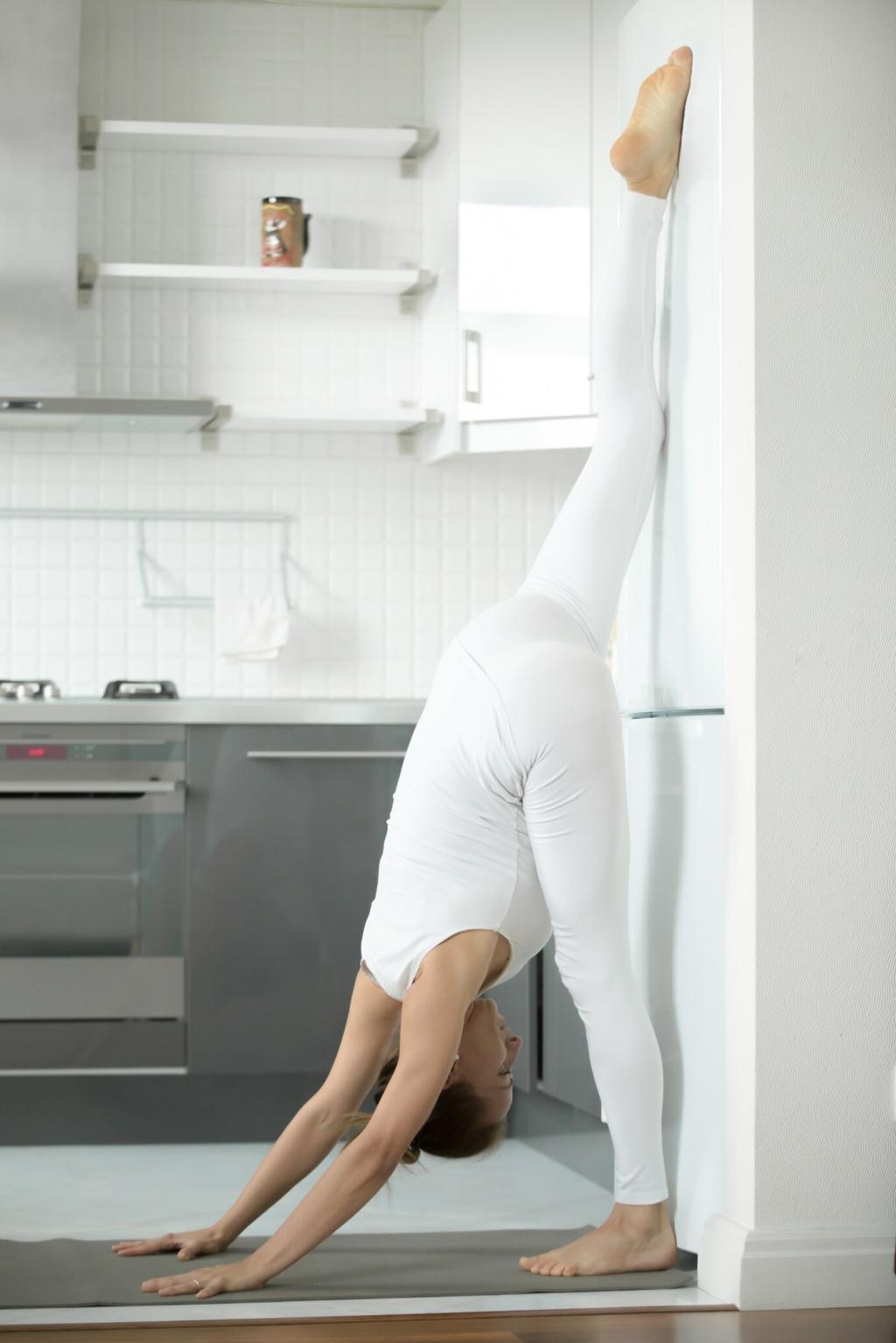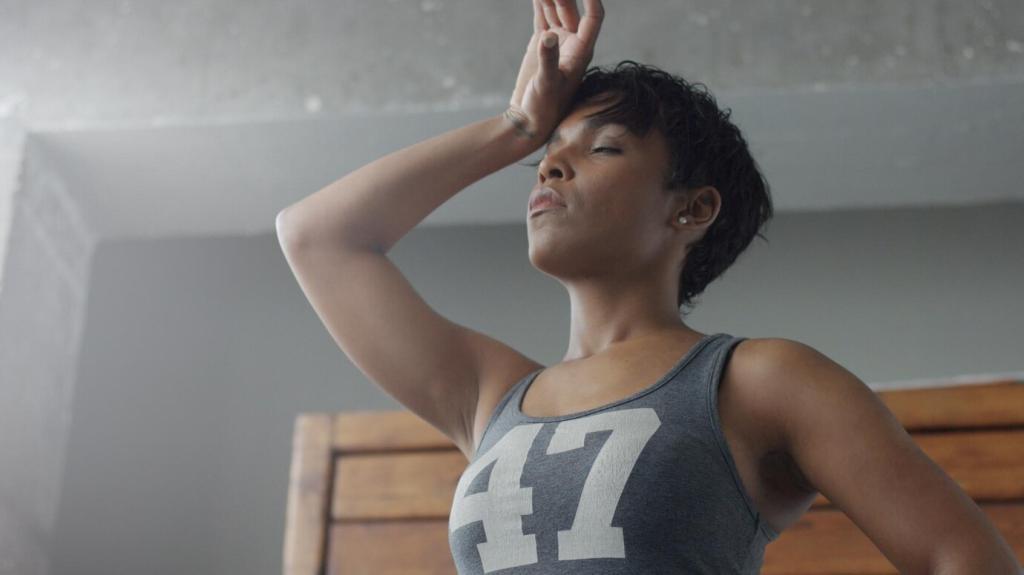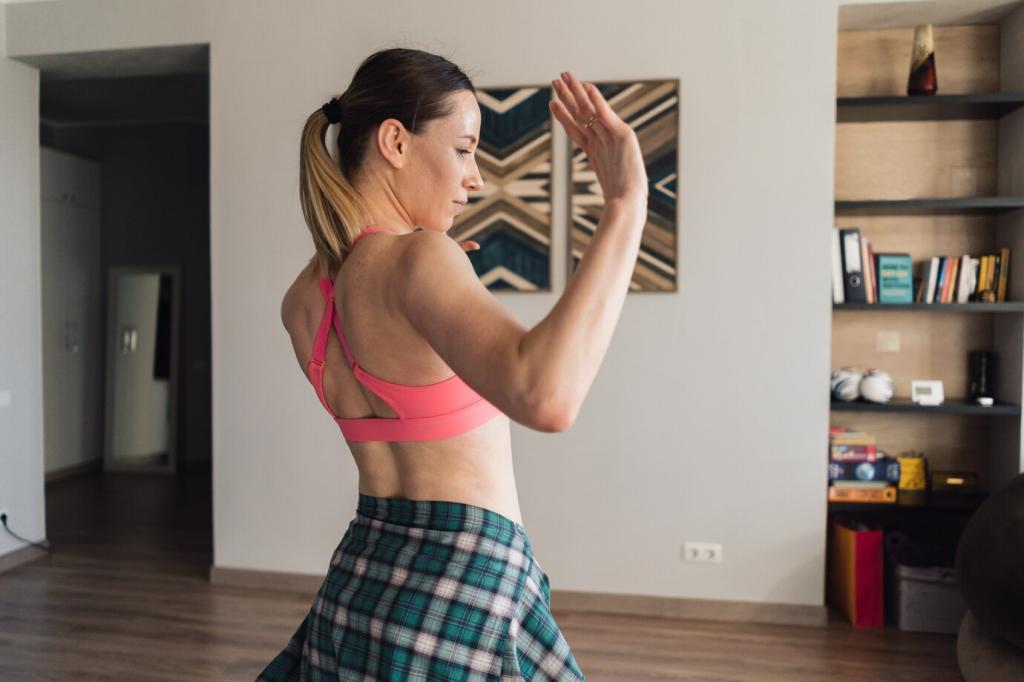Solve Common Standing Desk Challenges
Start with short standing bouts and progress gradually. Use a mat, vary your stance, and rest one foot on a small rail. These simple tweaks prevent overuse and keep lower-limb fatigue from sabotaging your energy goals.
Solve Common Standing Desk Challenges
If the lower back complains, lower the desk slightly, soften your knees, and alternate feet. Strengthen glutes and core with quick routines. Remember, comfort comes from variation, not rigid ideal posture held for long stretches.
Solve Common Standing Desk Challenges
Standing can invite fidgeting. Channel it: keep a quiet balance board or a soft ball for foot rolls. Define movement moments between tasks, preserving deep work while still reaping the fatigue-fighting benefits of gentle motion.
Solve Common Standing Desk Challenges
Lorem ipsum dolor sit amet, consectetur adipiscing elit. Ut elit tellus, luctus nec ullamcorper mattis, pulvinar dapibus leo.







